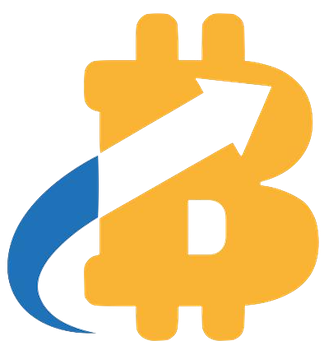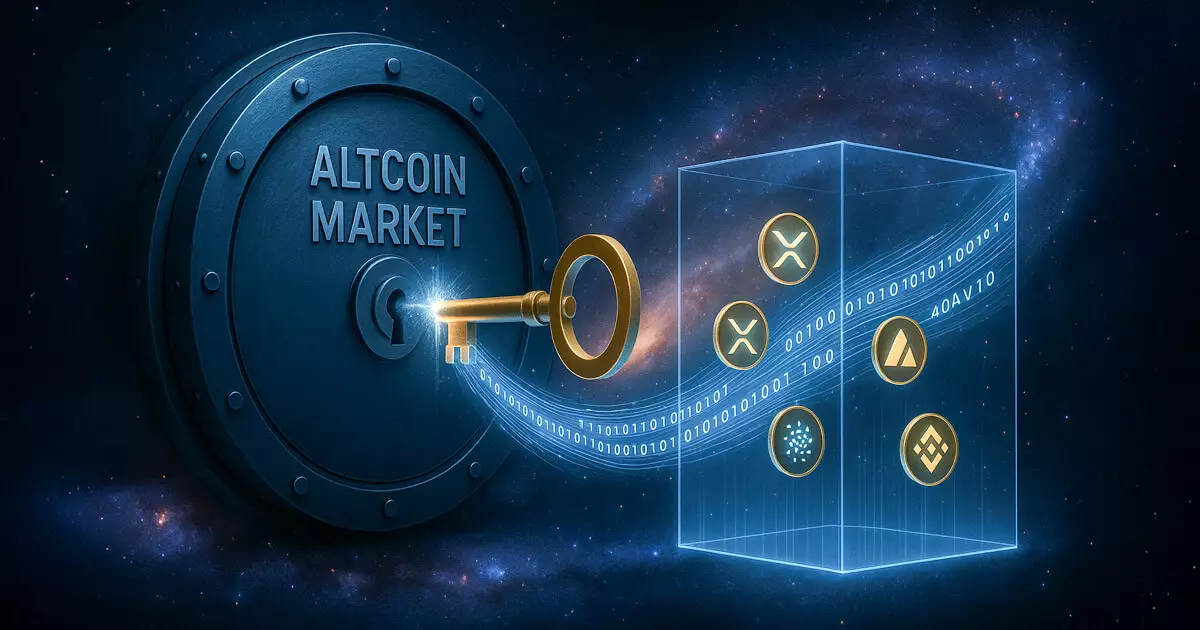Since the introduction of the Markets in Crypto-Assets (MiCA) framework, the European Union has made a significant leap forward in regulating the cryptocurrency market. This isn’t just another regulatory update—it’s a transformative step that institutionalizes safety, compliance, and ultimately, mainstream adoption. For too long, the crypto landscape was marred by the volatility and reckless behavior of unregulated entities. Today, with the implementation of MiCA, exchanges are legally mandated to prioritize regulatory compliance, a shift that positions user safety at the forefront.
The need for a structured and secure market has become glaringly apparent, shown by recent actions where major exchanges have begun delisting stablecoins that do not conform to compliance norms. This trend could be seen as a termination of the wild west mentality that had previously governed the crypto community. What we are witnessing is the dawning of a more civilized marketplace where adhering to rules is synonymous with long-term survival.
Altcoins: The Vanguard of Future Growth
As the dust settles from these regulatory upheavals, the altcoin market is awash with potential. While Bitcoin holds the crown as the market leader, it’s the altcoins that are now poised to lead the charge in growth and innovation. The potential for altcoins to create robust ecosystems that offer practical solutions gives them an edge over mere speculative assets like memecoins.
The ongoing narrative captivated by Ethereum’s stagnation and Bitcoin’s modest retreat should not overshadow the nuanced resilience of altcoins. While larger cryptocurrencies often experience volatile surges, altcoins have exhibited less vulnerability, suggesting a burgeoning interest and stability in their value proposition. As regulatory frameworks like MiCA solidify, the opportunity for altcoins to flourish becomes more tangible—demand is anticipated to surge as institutional investors seek diversified options beyond traditional leaders.
The Perils of Non-Compliance: A Double-Edged Sword
However, as exchanges grapple with the ramifications of compliance, they face a paradox. While the intention behind MiCA is to create a safe and transparent trading environment, the costs tied to compliance can exert deflationary pressures, possibly impacting trading volumes. The short-term pain could lead to longer-term gains, yet exchanges must navigate a treacherous path to not just survive but thrive.
There’s a stark choice laid out for these platforms: adapt or face obsolescence. In an age where consumer trust hinges on regulatory clarity, failing to comply may not only hinder growth but could also extinguish a company’s viability. The market’s progress hinges on whether exchanges can embrace innovation within a compliant framework, which is arguably both a challenge and an opportunity.
Institutional Investments: A Catalyst for Change
A stimulating force propelling growth in the altcoin sphere is the rising tide of institutional investment. Traditional financial entities, recognizing the limited growth potential of Bitcoin and Ethereum, are now increasingly diversifying portfolios to include promising altcoins. This institutional interest is the bedrock for establishing a more sustainable and integrated cryptocurrency marketplace—a sign that even the dogs of the financial world are starting to see the allure of altcoins as a safer avenue for investment.
Moreover, MiCA’s influence can’t be overstated; it provides a level of legal clarity that ensures investor protection. A regulated environment is pivotal for attracting institutional capital, creating a safe harbor for funds seeking entry into crypto without being anchored to the uncertainties that previously roiled the market.
Emerging as a Global Crypto Hub
With the rapid advancement in regulations, Europe is hastening its ascent as a global leader in the crypto space, setting standards that North America and Asia may well struggle to meet. The introduction of frameworks like MiCA is crucial in ensuring that past coin disasters—often fueled by ignorance and lack of compliance—don’t become a recurrent theme. Rather than merely chasing token gains, the emphasis now shifts towards architecting a market built on transparency and accountability.
The collaboration among various stakeholders—including regulators, exchanges, and innovators—marks the cornerstone of an enabling environment. Regulated exchanges are shifting the crypto paradigm from being viewed as simple transaction facilitators to becoming catalysts for sustainable growth and major contributors to the economy.
In laying down a clear path for the development of altcoins, MiCA isn’t merely ushering in a new epoch; it’s sculpting an entire ecosystem. It’s not just the coins themselves that stand to benefit but the entire infrastructure—one that promises to be safe, stable, and innovative for years to come. The old order is crumbling while a new, resilient market is forming; compliant exchanges are not only leading the charge but reshaping the very essence of what crypto could mean for the future.



















Leave a Reply